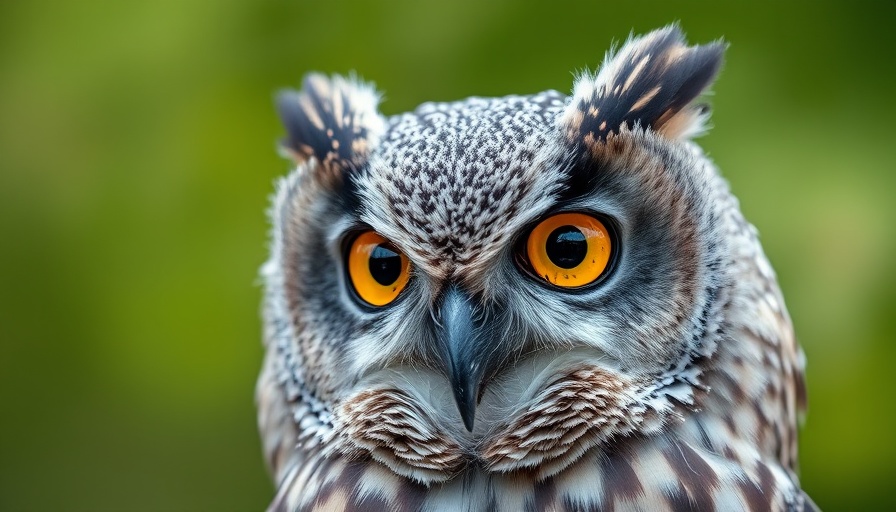
The Enchanting Sounds of Summer Nights
As the sun dips below the horizon and summer evenings take hold, a remarkable transformation in the nighttime soundscape unfolds. Daytime songbirds say their soft goodbyes as the twilight ushers in a chorus of avian night dwellers, enchanting all who pause to listen.
Owls: The Lords of the Night
In the stillness of an Eastern woodland, the Eastern Screech-Owl introduces the night with its eerie trills and whimsical whinnies. Typically measuring just under nine inches tall, this petite predator engages in captivating courtship displays, where partners trill harmoniously and whinny to defend their territory. Meanwhile, in the western forests and deserts, the larger Western Screech-Owl punctuates the night with rhythmic duets, creating a symphony of sounds that celebrates their hidden existence.
Barred Owls and Their Unique Calls
Perhaps the most commanding of all nocturnal singers is the Barred Owl. With its stout body and striking presence, it often dominates the serenade of the night. Their calls, a robust composition of rhythmic hoots, can drown out even the loudest of Screech-Owls. What sets them apart is their entertaining 'monkey call,' a lively duet that can bring a smile to anyone fortunate enough to hear it.
The Birding Community and Summer Nights
The beauty of these night sounds does not just add to the ambiance; it also fosters a deeper connection to nature. Bird enthusiasts often gather in open spaces to listen, share stories, and record the beautiful hoots and calls of their feathered friends. Events like BirdNote’s Year-end Celebration inspire camaraderie in the birding community, encouraging individuals to strengthen their ties to the ecology by sharing their personal experiences.
Creating a Deeper Connection
Understanding the role these owls play in the ecosystem can deepen our appreciation for the natural world. As apex nocturnal predators, their presence is crucial in maintaining the balance within their habitats.
As summer nights unfold, take a moment to step outside, close your eyes, and immerse yourself in the orchestra of nature. The night voices of summer are waiting to tell their stories.
 Add Row
Add Row  Add
Add 




Write A Comment